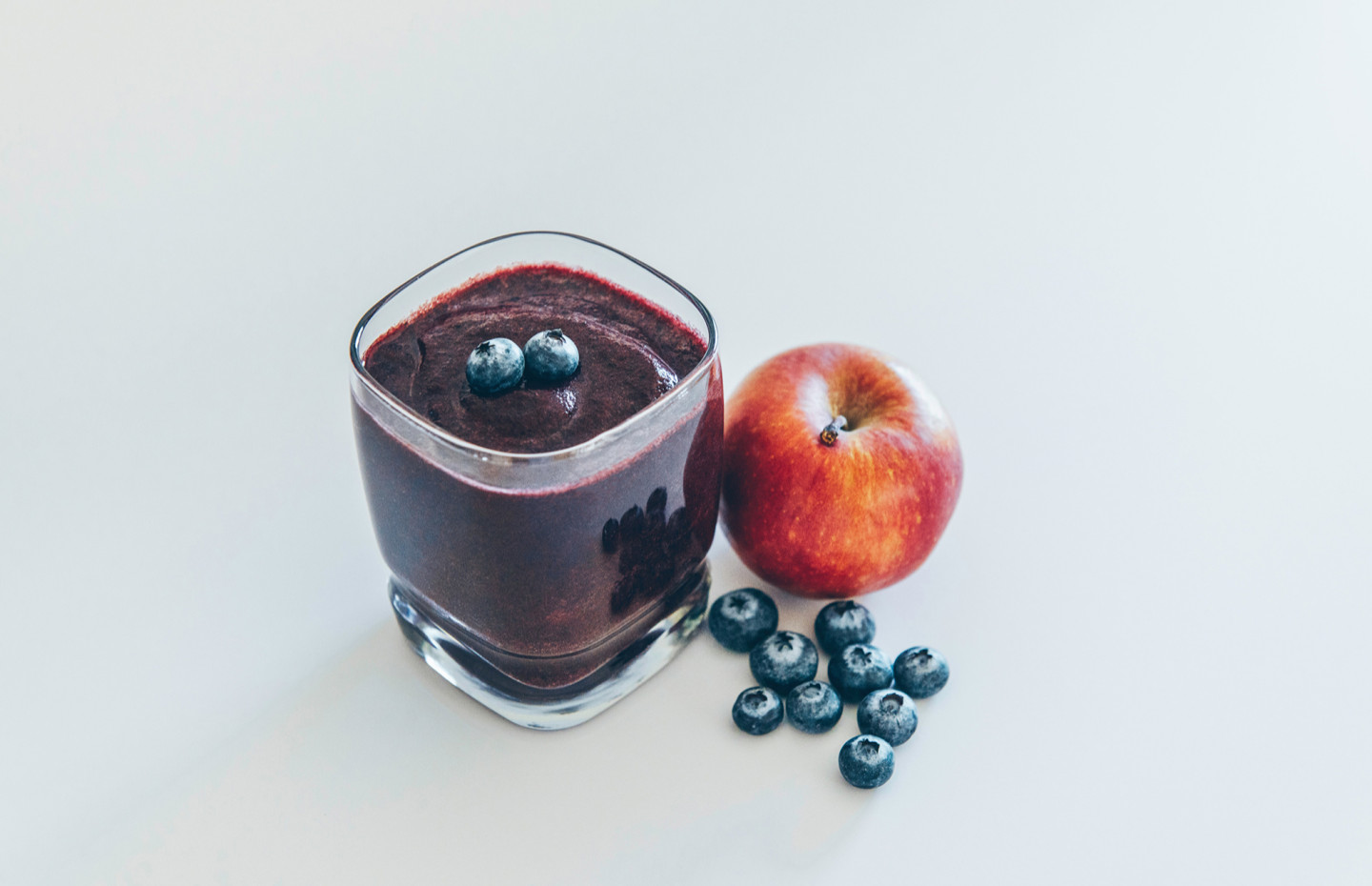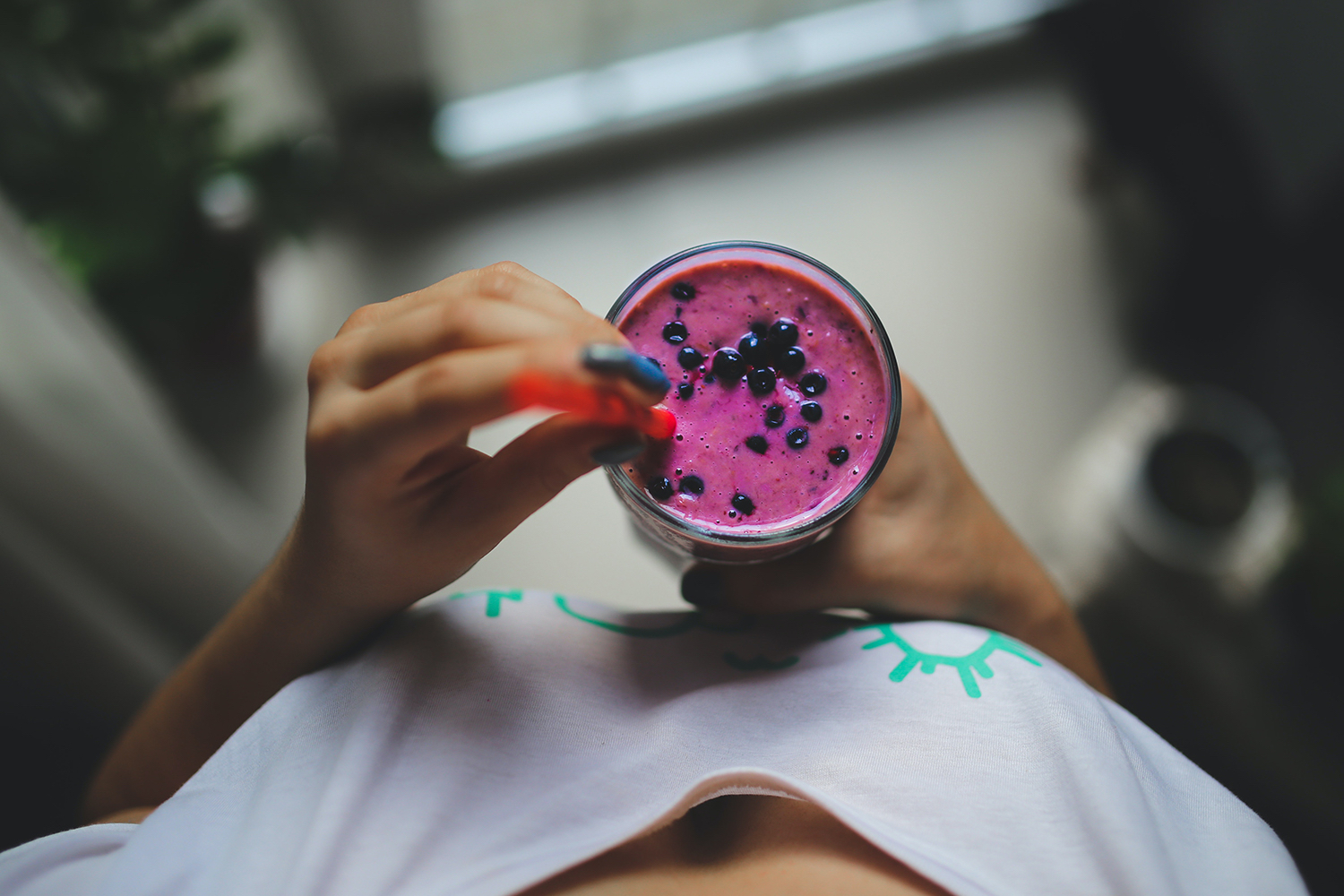
- Who needs the “Table No. 5” diet
- What is the essence of the “Table No. 5” diet?
- What is possible with the “Table No. 5” diet
- What is not allowed on the “Table No. 5” diet
- The benefits of the “Table No. 5” diet
- Diet “Table No. 5”: menu for the week
- Expert commentary
- Bonus: recipe
Who needs the “Table No. 5” diet
Doctors prescribe this diet to patients suffering from diseases of the gallbladder, biliary tract and liver, but it can also be followed by healthy people who want to start eating healthy. “Table No. 5” is one of the special numbered rations that Dr. Manuil Pevzner developed in 1920–1930.
Indications for use of the “Table No. 5” diet:
- chronic hepatitis and cholecystitis;
- cirrhosis of the liver;
- cholelithiasis;
- acute hepatitis and cholecystitis during the recovery period.
What is the essence of the “Table No. 5” diet?
The diet maintains a high level of nutrition, meeting the body’s energy needs. “Table No. 5” provides a sufficient amount of carbohydrates and proteins while reducing the amount of fat. The goal of the diet is to reduce the load on the liver and restore normal function of the biliary system.
The basic principle is frequent and small meals, ideally every three to four hours in small portions. All dishes must be warm. Oil is used only as a dressing for prepared food; soups without meat are allowed (dairy, vegetable and with cereals), but it is better to puree them.

Daily composition and energy value of dishes in the “Table No. 5” diet:
- proteins – 100 g;
- fats – 90 g (of which 1/3 are vegetable);
- carbohydrates – 300-350 (of which simple sugars – 50-60 g);
- calorie content – 2600–3000 kcal;
- daily consumption of table salt – 6–10 g;
- free liquid – up to 2 liters.
What is possible with the “Table No. 5” diet
Regardless of the products you choose, you should follow the general recommendations and under no circumstances fry foods, but steam them, boil them, bake them or stew them.
- Low-fat dairy and fermented milk products, including cottage cheese. They contain high levels of whey protein, which may protect the liver from further damage (1).
- Cereals: rice, buckwheat, rolled oats and semolina. Sometimes you can eat pasta, preferably made from durum wheat. Whole grains are especially rich in B vitamins and also contain niacin, thiamine, folic acid, phytic acid, ferulic acid, lignans, and sulfur compounds (2).
- Vegetables – fresh, baked or steamed. Add carrots, beets, cauliflower, tomatoes, cucumbers and zucchini to your dishes.
- Fruits: sour apples, pears and bananas.
- Soft-boiled eggs or as part of an omelet. Eggs are high in choline, a substance that is important for the good functioning of all cells in the body (3).
- Lean meat (beef) and poultry (chicken, turkey), and fish (pike perch, cod, pollock, hake).
- Bread, but only yesterday’s bread, not fresh, and no more than 1-2 times a week. You can eat crackers and bread.
- The diet does not exclude desserts: puddings, dried fruits, jellies and casseroles with honey.
- For drinks, give preference to clean water, weak tea and coffee with milk, non-acidic juices, compotes and jelly.
What is not allowed on the “Table No. 5” diet
It is important to adhere to prohibitions on certain foods and methods of their preparation:
- Avoid fried, smoked and spicy foods.
- Do not add hot sauces, mayonnaise or ketchup.
- Do not drink alcohol, strong black coffee without milk, cocoa.
- Lard, canned food, offal, fatty meats and fish are prohibited. The exception is salmon, but rarely and as an appetizer rather than a main course.
- You should not consume fatty dairy products.
- Millet, pearl barley and corn porridge are prohibited from cereals.
- It is necessary to cook without using meat and fish broths.
- Any fast food and sweets, sour berries and citrus fruits are prohibited.
The benefits of the “Table No. 5” diet
This is the healthiest and most gentle diet suitable for most people. The main difficulty is that some dishes without frying, fat, sauces and a lot of salt and spices may seem bland. “Table No. 5” contains foods that are easily digested without creating mechanical and chemical stress on the internal organs. The diet stimulates the normal activity of the gastrointestinal tract and intestines, and the need to split meals helps not to overeat and reduce the size of portions.
Diet “Table No. 5”: menu for the week
Monday
Breakfast: steamed omelet with hard cheese, coffee with milk.
Lunch: noodle soup, a slice of stale bread.
Afternoon snack: apple jelly.
Dinner: buckwheat porridge, steamed turkey cutlets, tea.
Tuesday
Breakfast: milk rice porridge, tea.
Lunch: baked vegetables, fish balls.
Afternoon snack: fruit jelly.
Dinner: beef meatballs with prunes.
Wednesday
Breakfast: buckwheat porridge with vegetables, compote.
Lunch: potato soup with rice, strictly without frying.
Afternoon snack: tea with biscuits.
Dinner: Chinese cabbage casserole, steamed pike perch.
Thursday
Breakfast: carrot cheesecakes, coffee with milk.
Lunch: couscous with apple, celery and green beans.
Afternoon snack: tomato juice with bread.
Dinner: boiled veal tongue with rice.
Friday
Breakfast: semolina porridge with dried fruits, tea.
Lunch: bulgur with steamed vegetables.
Afternoon snack: baked apple.
Dinner: beet cutlets and squid in soy sauce.
Saturday
Breakfast: low-fat cottage cheese with banana and honey.
Lunch: whole grain pasta with tomato sauce, baked pollock.
Afternoon snack: milk pudding.
Dinner: rice casserole with pumpkin.
Sunday
Breakfast: oatmeal with fruit, tea.
Lunch: pureed vegetable soup, crackers.
Afternoon snack: bread and sour milk.
Dinner: steamed chicken cutlet, fresh vegetables.
Expert commentary

How useful is the “Table No. 5” diet?
Like any diet that is prescribed by your doctor based on a specific disease, “Table No. 5” is relatively limited. The word “healthy” hides only one of its functions: to reduce the consumption of foods that can have a detrimental effect on the body’s condition. There is no need for healthy people to follow this diet. You need to eat not “correctly”, but in a balanced way.
The restrictions in such a diet are due to the fact that we are talking about the biliary system of the body. This system consists of the liver, gallbladder and the ducts connecting them. Bile is a secretion product of the liver. The liver secretes cholesterol, which turns into stones. “Table No. 5” prescribes reducing the amount of fat consumed. The thing is that fats, unlike proteins and carbohydrates, stimulate the production of bile much more strongly. But fats are necessary for the body; they perform a lot of important functions. Therefore, it is wiser not to completely eliminate their consumption, but to distribute them in doses and evenly over several meals.
There are many factors that contribute to the formation of gallstones: genetic predisposition, pregnancy, obesity and rapid weight loss, excess flour products in the diet, unbalanced diet with minimal dietary fiber and insufficient consumption of vegetable oils.
The example with calculations and grams should not be taken as the ultimate truth. The total daily calorie intake depends on many factors: gender, weight, age and level of physical activity. Therefore, if you use this diet for a long time with such calculations, for some such indicators will be correct, but for others they may cause undesirable consequences, for example, lead to weight gain. To normalize the condition, general principles will suffice:
- eat systematically (5–6 meals);
- drink water when thirsty;
- consume the required amount of calories;
- refuse to fry food;
- exclude cold dishes from the diet, while the main food can be at the usual temperature.
Diet is, first of all, temporary medical restrictions for the purpose of prevention. A person with liver and gallbladder disease needs to undergo prevention with diet therapy immediately during the period of exacerbation of the disease. How long…
